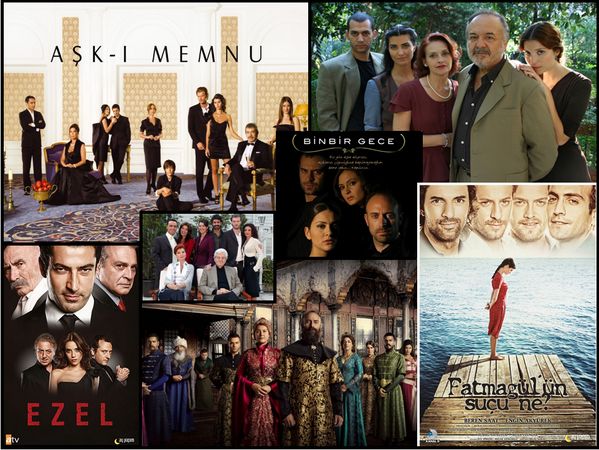A Turkey Series is an exhaustive collection of arms, equipment, and accessories for the Middle East. Features original short stories written by M. Abdul-Kadir and illustrated by R. Y. Elzbazati. Take your favorite Middle Eastern fascinations with you wherever you go and never be without a copy.
The Turkey Series on Netflix includes a trio of ten volumes that take the stories from the ancient to the modern Middle East and explore each region’s culture and traditions. Volume I introduces the seeds of civilization, how local people created their identity and spread through the ages through religious actions, trade, and interaction with one another. Volume II traces the rise of Islam through the shifting frontiers of empire and explores how this dynamic phenomenon changed the country, still further changing its history. The last volume covers the post-Yazid era, how the fragmented region of Syria was reunited and how the fortunes of its diverse population was shaped by this confederacy of tribes and peoples.

The strength of the Turkey Series on Netflix consists of three distinct periods, each more fascinating than the last. The first period showcases the rise of the Hittite Empire through the third millennium B.C., which has a fascinating preoccupation with the question of who actually came from ancient Greece but has equally remarkable artifacts that can be dated as far back as 3500 B.C. The second period of the series traces the rise of Assyria and Palaces, which were centers of power during the Early Assyrian Period and have yielded amazing artifacts that have been excavated in the past two decades. The last period of the series covers the years between the fall of the Roman Empire and the rise of the Holy Roman Empire, when Europe was witness to a new cultural dawn that would affect its history for centuries to come. The show utilizes a cast of colorful and engaging actors to depict these historical moments, interspersed with an abundance of archaeological findings that support the reconstruction of these key moments in European history.
One of the most compelling things about the Turkish Series is how it portrays the different aspects of everyday life across the eras that defined Europe. For example, one episode chronicles how the city of Gedert in Transylvania was conquered by the Germanic tribe of the Visigoths after a three-year standoff. A former king of the Transylvanian realm of Gedert negotiates with his enemy and manages to draw up a treaty that provides for peace across the board. Near the end of the show, we meet a character named mcneely, who is found by his half-brother, ritz who is determined to free himself from the Visigothic control and restore the kingdom of his ancestors. He is assisted by Mcneely’s warrior brother, honorable knight, then, who proves to be an asset to both sides of the treaty.

The plot of the series primarily deals with the interactions of the different ethnic groups within Transylvania. One episode depicts the border province of Bitlis as a Turkish province alongside a modern-day Greece. The modern-day Greece is not an accurate model of ancient Transylvania since much of the terrain is uninhabited except for the occasional ruins or settlements. In some places, modern plumbing and drainage systems are in place, but otherwise the land lacks any substantial drainage. A massive fault line cuts through the Transylvania fault zone, causing massive mudflows and river overflows. The modern-day Greece is modeled on the historical Greece, with Aegean Sea coastlines, modern sewage systems, and the occasional mudflow.
Archaeologist Mike Smith believes the origin of the Turkish peoples came from the Aegean Sea basin and that they migrated into the country after conquering the countries surrounding the Aegean Sea. The same thing happened in the historical periods of the Romans and Egyptians, where the people migrating from their respective lands came from the same area and mixed with their neighbors. Smith bases his theory on the social structure that was prevalent in the Mediterranean region around the time of the Migration Period. The theory of genealogical history was also based on the analogy of the peoples of the region migrating into each other and marrying younger members of their group to spread the surname.












